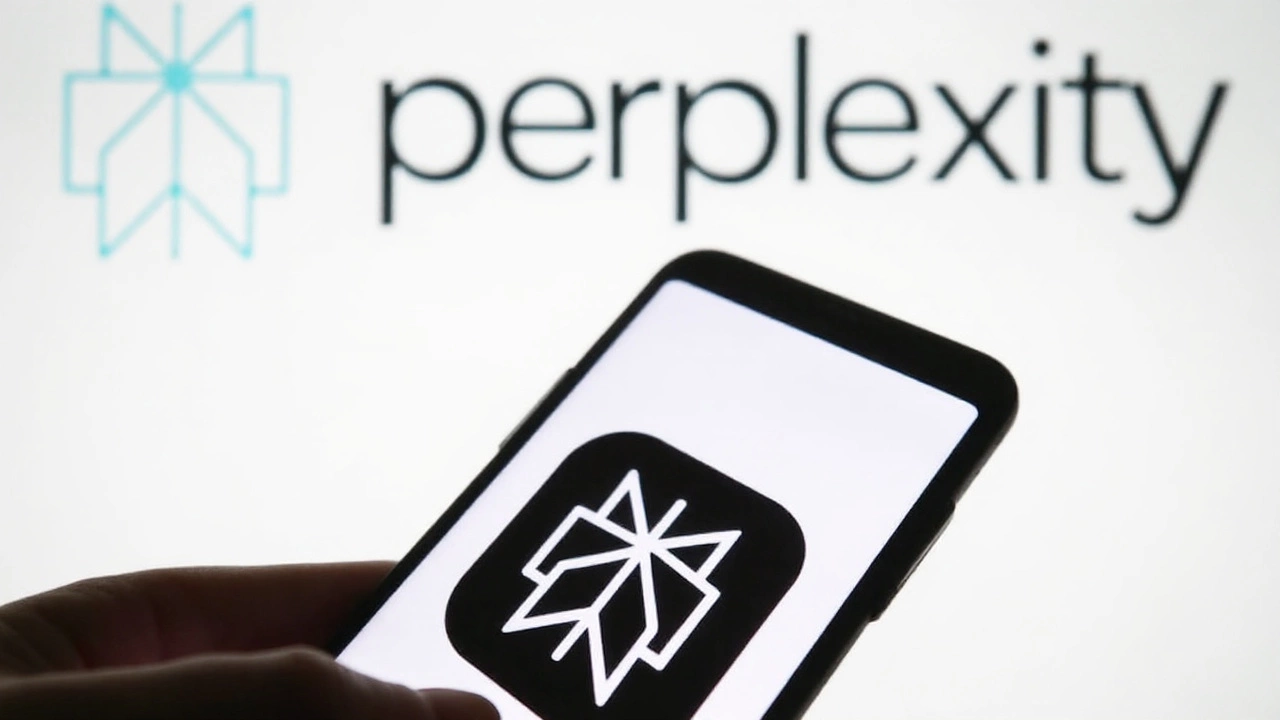Nano Banana AI: What It Is and Why It Matters
Ever heard of an AI that fits on a grain of rice and smells like a banana? That’s the idea behind Nano Banana AI. Engineers combine nanotech chips with bio‑inspired circuits that mimic banana chemistry to create ultra‑small, low‑power intelligence. The result is a processor that can run simple AI tasks without a bulky battery.
How Nano Banana AI Works
The core of the system is a silicon‑nanowire network that’s only a few nanometers wide. These wires are coated with a biodegradable polymer derived from banana peels. When the polymer absorbs moisture, it generates a tiny electrical charge that powers the nanowires. The AI model itself is stripped down to a few thousand parameters – just enough to recognize motion, temperature changes, or basic voice commands.
Because the hardware uses organic material, it can decompose safely after its life span ends. That makes it attractive for disposable devices like smart tags, health monitors, or agricultural sensors that don’t need a long‑term power source.
Where You Might See It Next
Imagine a fruit‑picker in an orchard wearing a lightweight wristband that scans each banana for ripeness. The band sends a quick alert to the picker’s phone, all thanks to Nano Banana AI processing the sensor data on the spot. Another example is a smart packaging label that tells you if the food inside is still fresh by analyzing gases released as it spoils.
Researchers are also testing the tech in medical patches that monitor skin temperature and deliver instant feedback to doctors. The tiny AI can run the algorithms locally, so patient data never leaves the patch – a big win for privacy.
What makes Nano Banana AI realistic is the rapid drop in nanofabrication costs. Companies that once needed whole labs can now print these chips on standard printer‑like machines. That democratizes the tech and speeds up product rollout.
If you’re curious about the latest updates, follow tech newsletters that cover nanotech breakthroughs. Look for conferences on bio‑electronics – they often showcase prototype demos. And don’t forget to check out open‑source AI models that are being slimmed down for edge devices; many of them can be adapted for Nano Banana AI.
In short, Nano Banana AI blends biology, nanotech, and machine learning into a pocket‑sized brain. It promises cheaper, greener, and smarter gadgets that can work anywhere without a big battery. Keep an eye on this space – the next wave of everyday tech could very well be powered by a banana‑scented chip.
Nano Banana AI Goes Live on WhatsApp: Perplexity Brings Google’s Image Generator to Millions
Perplexity has rolled out Google’s Nano Banana AI model inside a WhatsApp bot, letting users generate high‑quality images with a simple text prompt. The service is accessed via a dedicated phone number and mirrors the performance of Google’s Gemini apps. India leads the adoption curve, and experts say the move could reshape everyday content creation. Pricing remains unconfirmed, but the bot also offers broader AI assistance beyond images.
More